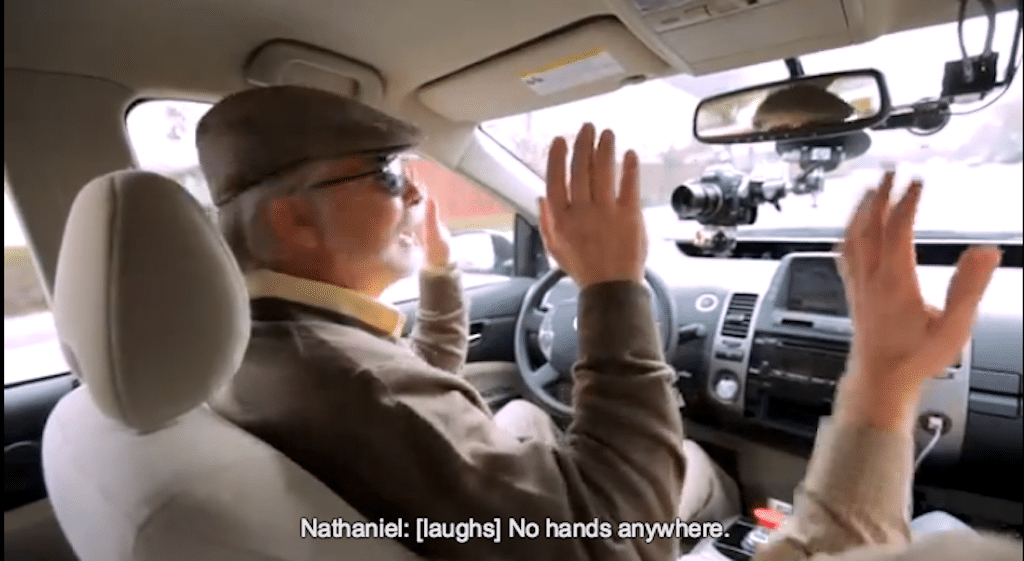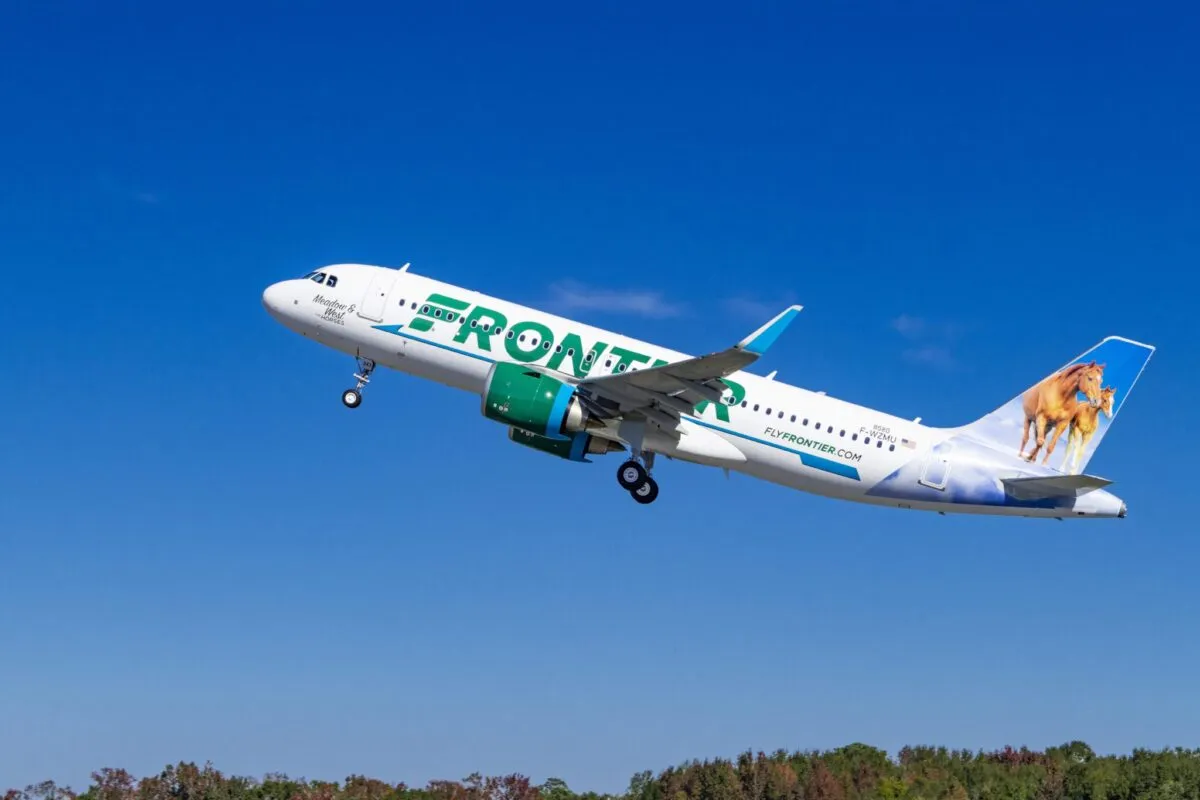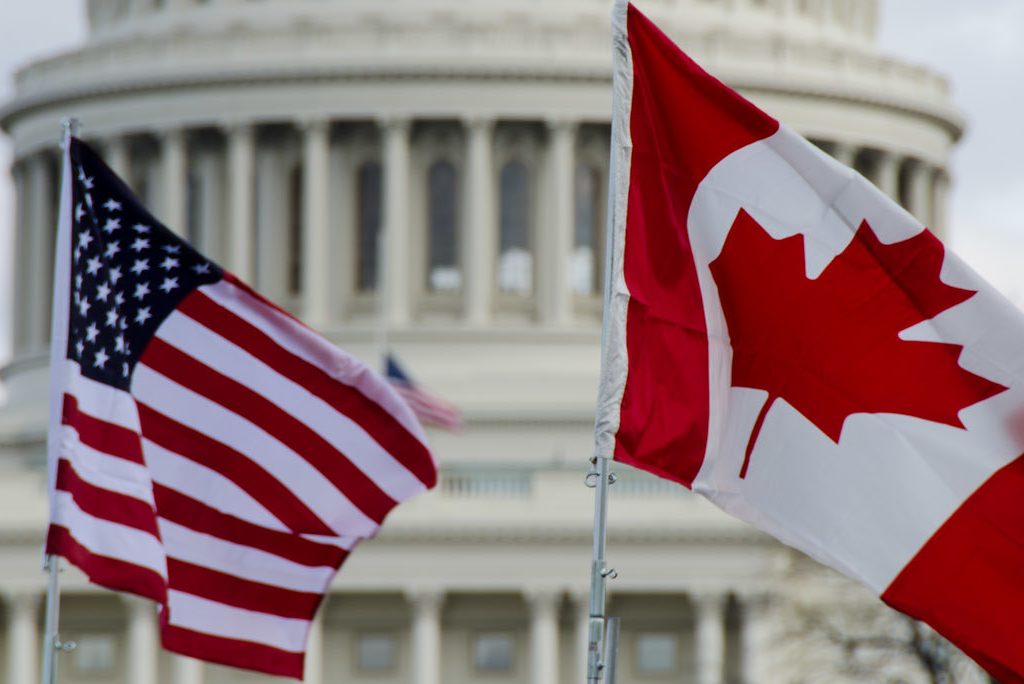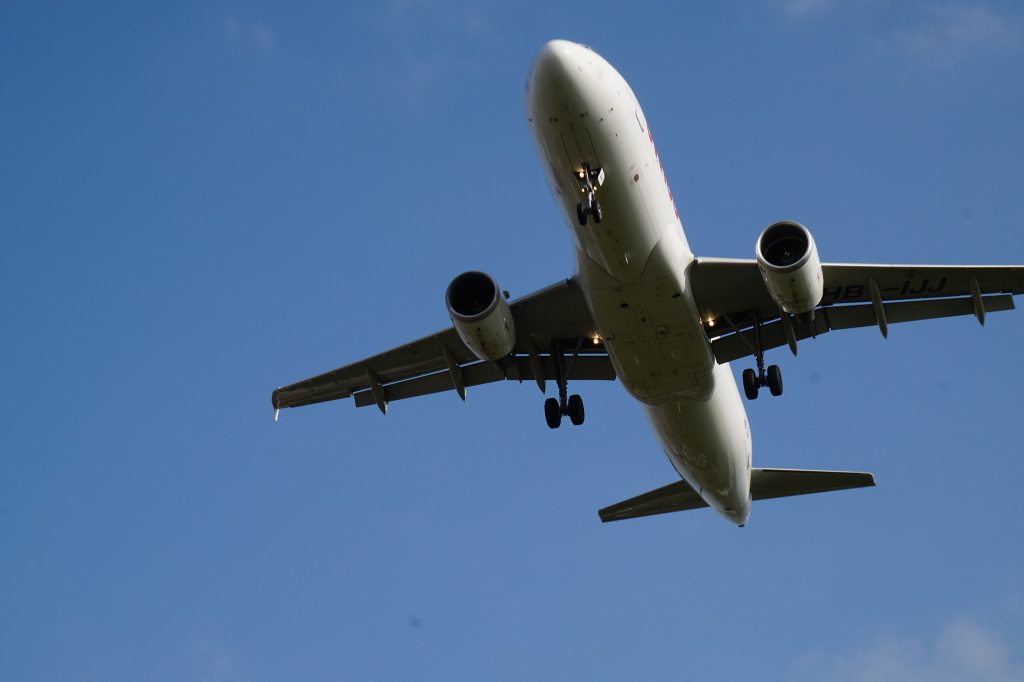Self-driving cars need someone behind the wheel for now, government says

Skift Take
In a policy statement released Thursday, America's top auto-safety agency embraced self-driving technology but called for states to make sure there is still a person behind the wheel while such innovations are in testing.
The National Highway Traffic Safety Administration issued a 14-page preliminary policy statement on automated vehicles to address the issues arising from technology already developed that makes it possible for the car to do the accelerating, steering and braking.
Much of the technology already exists in modern cars. With such "driver assistance" features, sensors in a car can detect other cars, lanes and pedestrians. If the driver fails to react, the technology can take control of the car and make the necessary evasive action to avoid a collision.
Transportation Secretary Ray LaHood has been a proponent of the new safety technology, which he considers less prone to mistakes than a driver. But as states permit the testing of autonomous vehicles, the safety agency wants to err on the side of caution. Until there is more data, NHTSA recommends self-driving cars continue to be used for testing only and that the driver be in place to manually override controls if necessary.
"Whether we're talking about automated features in cars today or fully automated vehicles of the future, our top priority is to ensure these vehicles -- and their occupants -- are safe," LaHood said. "Our research covers all levels of automation, including advances like automatic braking that may save lives in the near term, while the recommendations to states help them better oversee self-driving vehicle development, which holds promising long-term safety benefits."
NHTSA encouraged further research, describing automated driving systems as a chance to improve safety on the road.
The policy explains and defines five levels of automation in vehicles -- all but the highest level, or full autonomy, are on the road today. NHTSA also outlined its next four-year research phase in this area to better establish standards for the day when driverless cars move from testing to being commercially available.
Most public awareness of the issue comes from a driverless car developed by Google, which prompted a number of states including Nevada, Florida and California to issue a special license to allow self-driving cars to continue testing on their roads under set conditions.
"We're encouraged by the new automated vehicle technologies being developed and implemented today, but want to ensure that motor vehicle safety is considered in the development of these advances," said NHTSA Administrator David Strickland. "As additional states consider similar legislation, our recommendations provide lawmakers with the tools they need to encourage the safe development and implementation of automated vehicle technology."
The policy says the goal is to "provide states interested in passing similar laws with assistance to ensure that their legislation does not inadvertently impact current vehicle technology and that the testing of self-driving vehicles is conducted safely."
Audi, Mercedes-Benz, BMW, General Motors and Cadillac are among the brands that have put much of this technology in their cars. New vehicles can detect traffic and slow, speed up or stop as needed. They alert drivers when the car is drifting out of the lane and can correct the steering if the driver fails to act.
To show that most of the systems are available today, supplier Continental of Auburn Hills, Mich., created its own test car -- equipping a Volkswagen Passat as a semiautonomous car. It is licensed in Nevada for testing and has put on more than 10,000 miles of fully autonomous driving with no driver input whatsoever.
"America is at a historic turning point for automotive travel," NHTSA says in the policy statement, with the expectation the relationship between the driver and their vehicle is likely to change more in the next 10 to 20 years than in the past 100 years.
![]()
----
NHTSA policy statement on automated vehicles:
[gview file="https://skift.com/wp-content/uploads/2013/05/Automated_Vehicles_Policy.pdf"]




